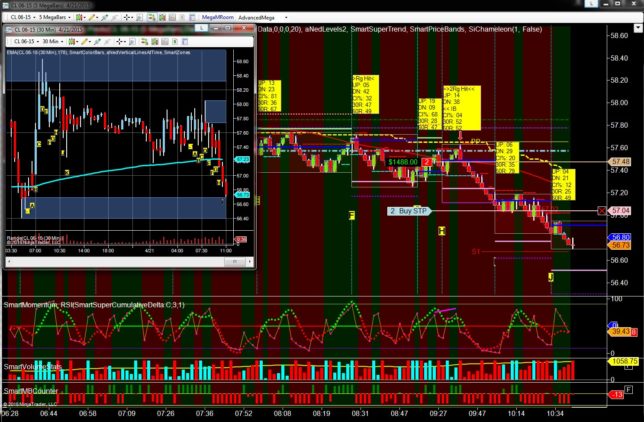Finance Tension for College Students: Ways to Deal
Campus is packed with new and returning students, which means that college is in full swing. Classes are in session, professors are currently difficult students plus the Quad is buzzing with fall schedules; if the tension of college hasn’t hit yet, it almost certainly will pretty quickly. Finding a greater education is no quick feat, specially any time you add dollars to the equation. I assume college is definitely an invaluable experience – socially, professionally and intellectually.
Among one of the most stressful factors about college may be the funds element: every day spending, month-to-month living costs, and these really intimidating student loans. Do you understand what you happen to be going to perform together with your limited funds this semester? If not, here are a number of tricks to aid you make it to Christmas (or summer time) without the need of investing quite a bit of …















